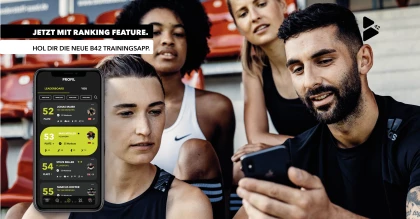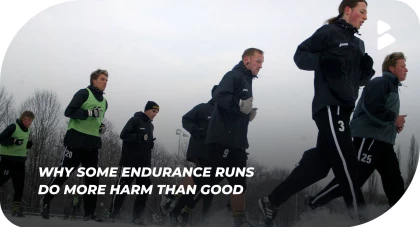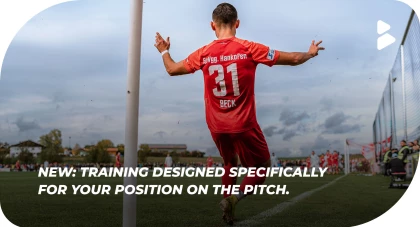Who says that?
Nobody made that up - it's part of the sports science basis on which our prevention & mobility expert Benni Heizmann coaches several professional players from SC Freiburg and many other male and female athletes in the DACH region.
Do you perhaps also know the following approach to team warm-up:
Loose run-in or warm-up, running ABC, stretching, more intensive preparation with further running sessions, changes of direction, passes etc., stretching again.
What happens during this "stretching"?
Often the muscles are stretched statically for a longer period of 30-60 seconds.
Why you thereby
the preload of your muscles before the game, which negative protective reflex
negative protective reflex you are unintentionally creating and which
seven dynamic warm-up drills to prepare you optimally,
you will find out in today's blog post.
And best of all:
We have created a completely free team warm-up for you - you can find the video here or in the free B42 training app.
Let`s go.











